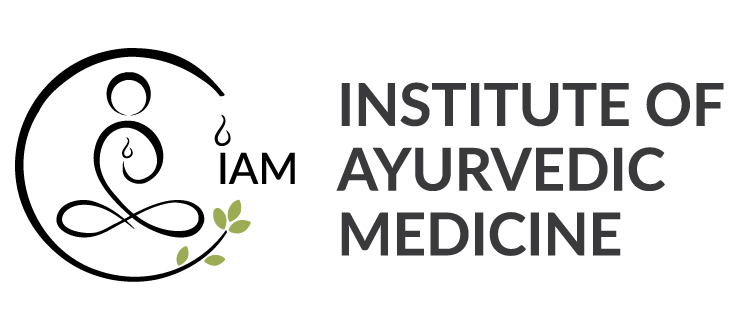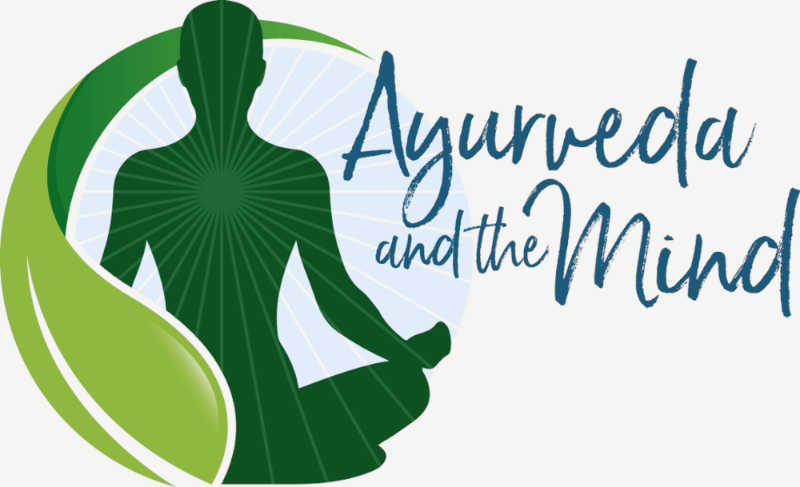Gerry Matthew Villegas (IAM Intern)
Prior to this program, I had never heard of Ayurveda. After briefly discussing the topic with one of the faculty members, I realized that I have heard about several of the Ayurvedic practices in the past. More specifically, I was more or less acquainted with yoga, meditation, mindfulness, and breathwork due to my background as a psychology student at my university. Still, I was no expert, and so this introductory course fascinated me with its possibilities for discovering more about how these practices, and others affiliated with Ayurveda, benefitted the holistic well-being of clients I may have in my future as a therapist. This Introduction to Ayurveda lesson taught me so much already about the history, philosophy, and concepts of Ayurveda (Frostick, 2024). For one, it intrigued me how the origin of Ayurveda dates back to at least five thousand years ago and how many of the philosophies and applications can be utilized today.
Due to my interests in psychology, philosophy, and religion, I found the discussions regarding the balance of elements and doshas and the activities and ideologies associated with balancing them very compelling. Having an excess or deficit of one element or dosha over others leading to energy imbalances in the body which eventually can beget disease is a very interesting concept. For me, particularly, it is conceivable that disconnecting yourself from a spiritual mind and routine can lead to partaking in activities that grant immediate reward but lack fulfillment. Engaging in such behavioral and even thought patterns can allow a person to cave into a substance use disorder or major depressive episode for example (Mehare, 2020). Moreover, I see connections between concepts of temperament in psychology and the Prakruti in Ayurveda (Steer, 2019); specifically, the idea that we have a fundamental true nature and set point that dictate innate tendencies and that because of our environment, our distance to this point fluctuates. However, the degree to which this distance fluctuates is influenced by our intentional actions and lifestyles. It thus is important to be aware of our temperament or Prakruti as it allows us to self-reflect on moment-by-moment changes in our physiology and mental states and perform the necessary behaviors to have a larger frame of control over them, leading to a happier and healthier life overall.
References
Frostick, S. (2024). Introduction to Ayurveda [Powerpoint Slides]. Institute of Ayurvedic Medicine. https://www.youtube.com/watch?v=maYFGz6WQfA.
Mehare, A. (2020). Prakriti Parikshana. Shri Vishwadatta Ayurved. https://www.childayurved.com/prakriti-parikshana/#:~:text=Prakriti%20is%20the%20Ayurvedic%20profile.
Steer, E. (2019). A cross comparison between Ayurvedic etiology of Major Depressive Disorder and bidirectional effect of gut dysregulation. Journal of Ayurveda and Integrative Medicine, 10(1), 59–66. https://doi.org/10.1016/j.jaim.2017.08.002.

